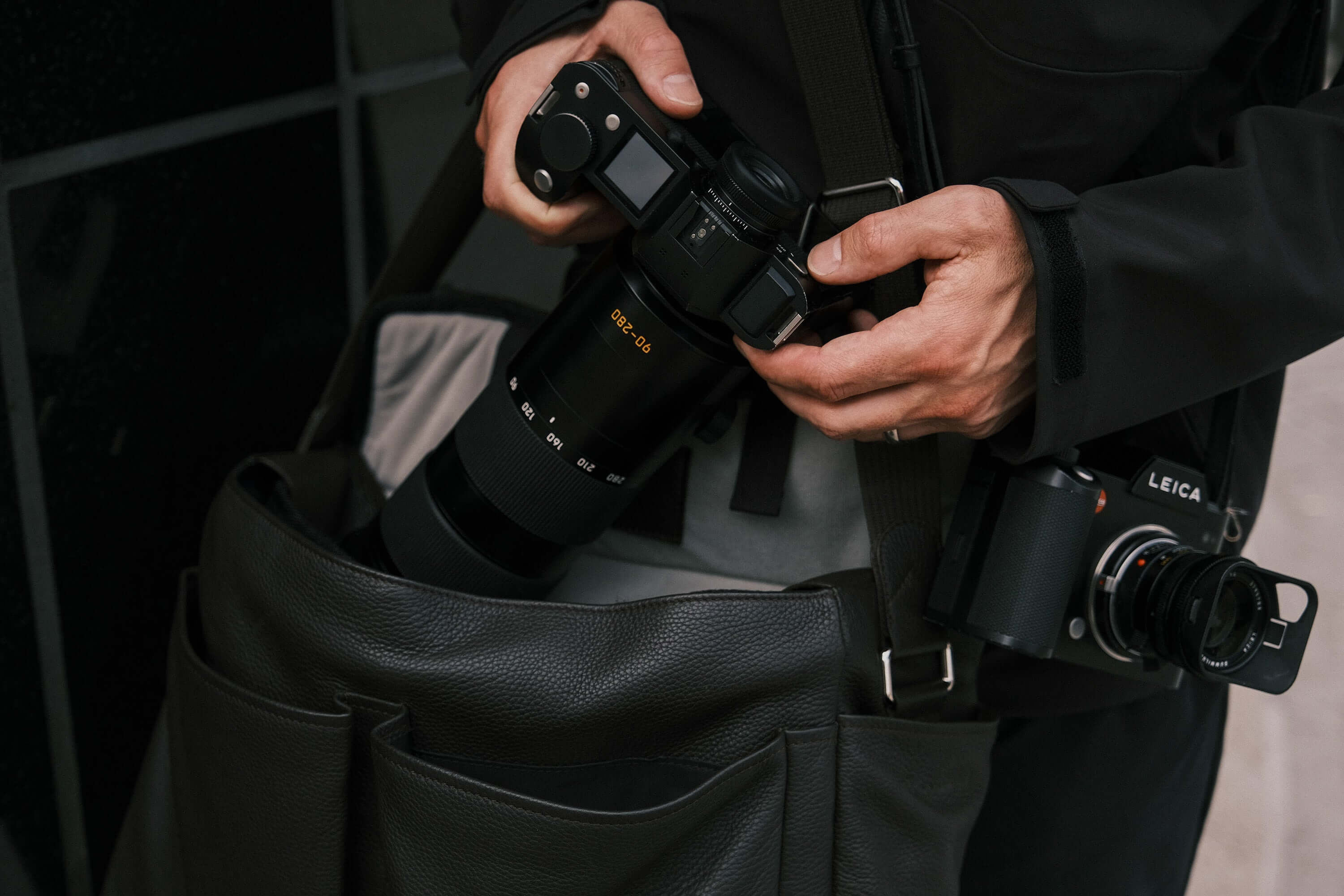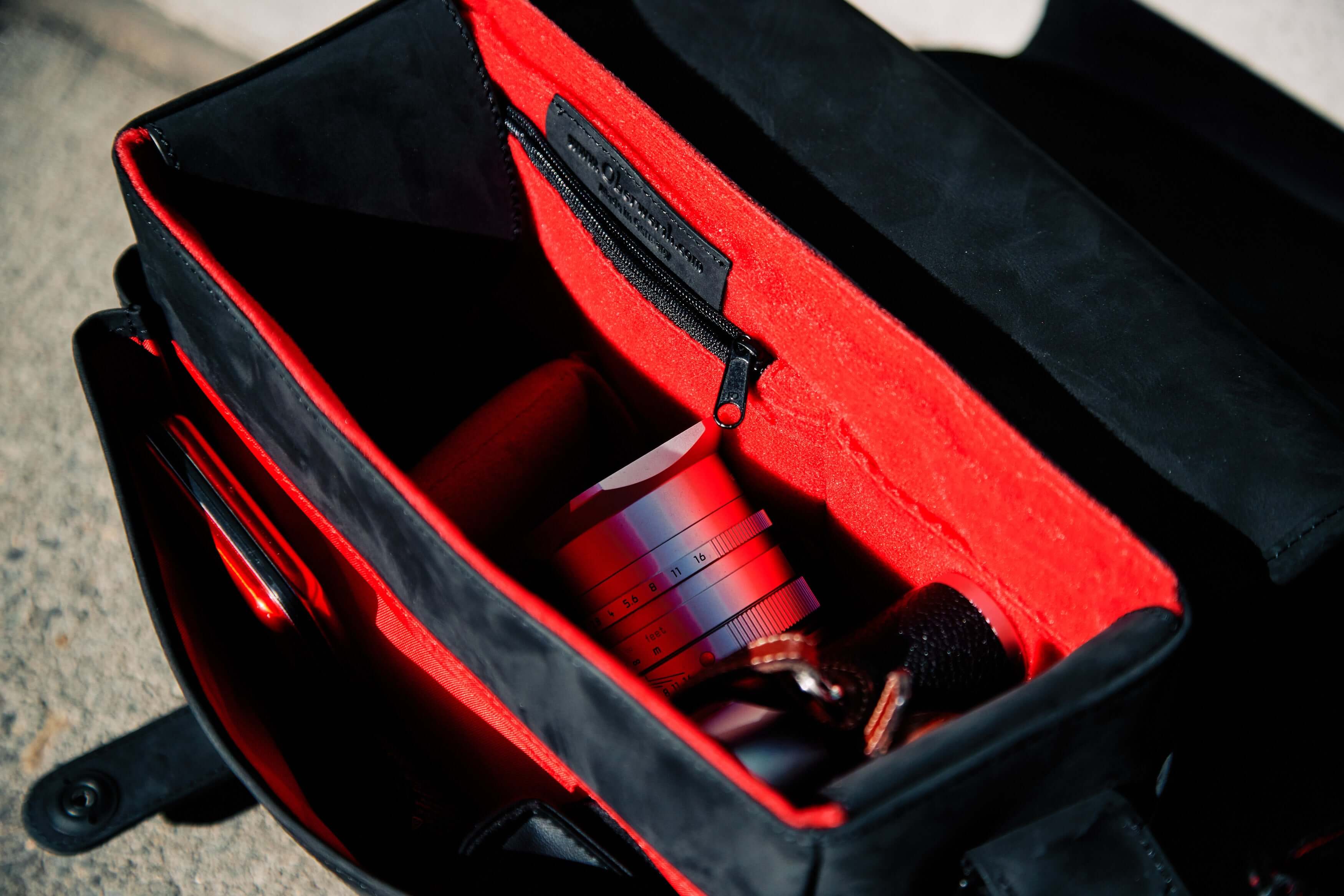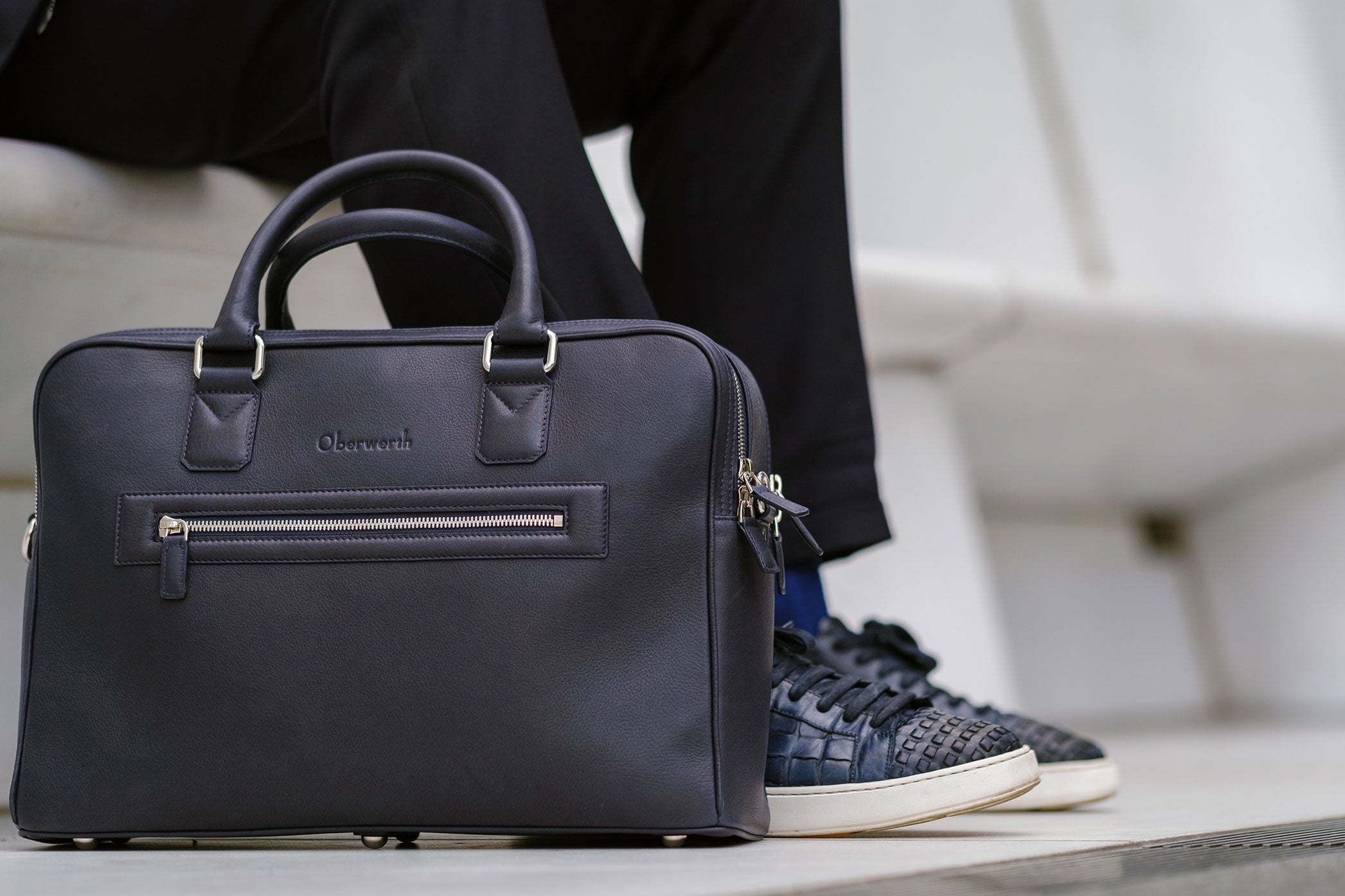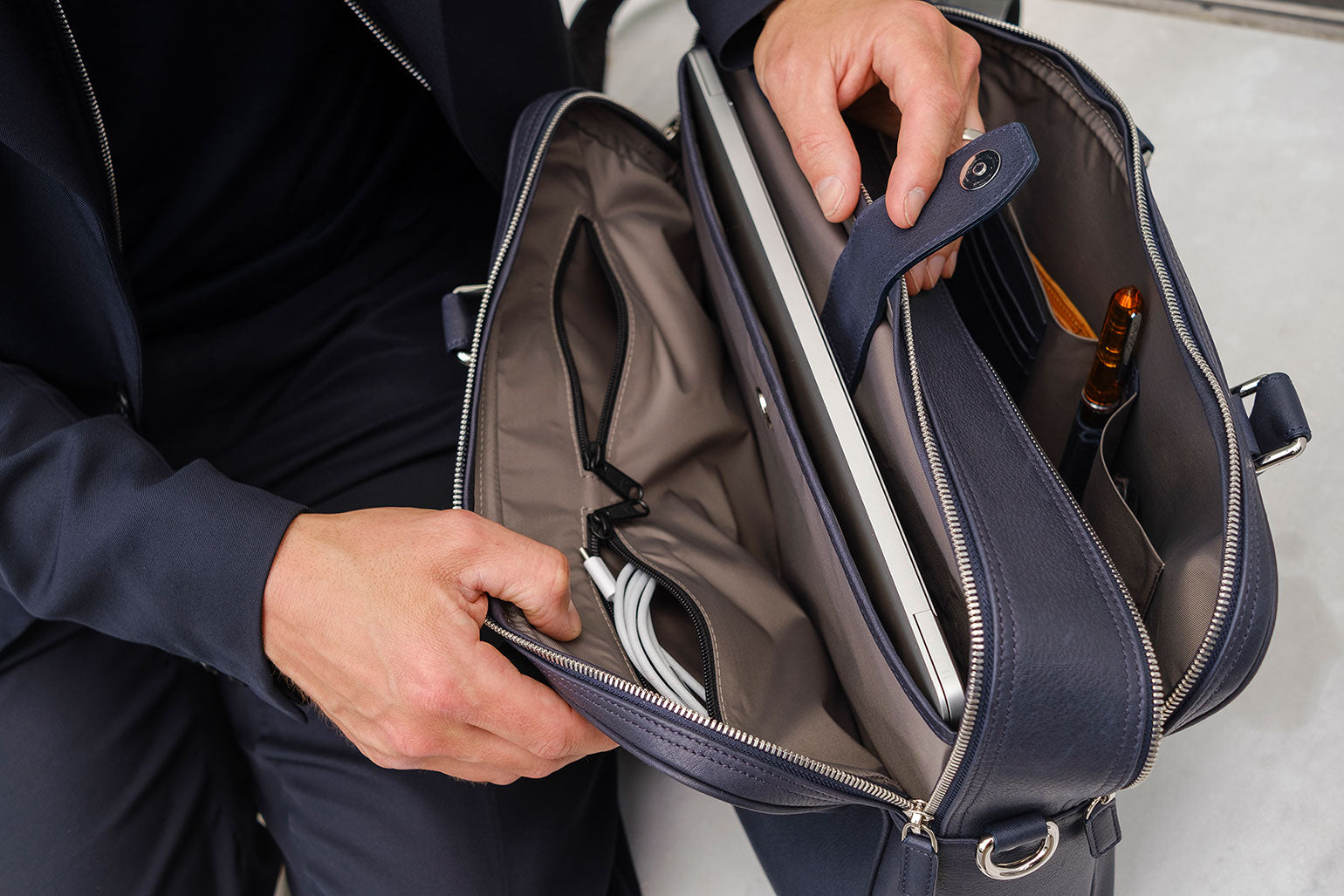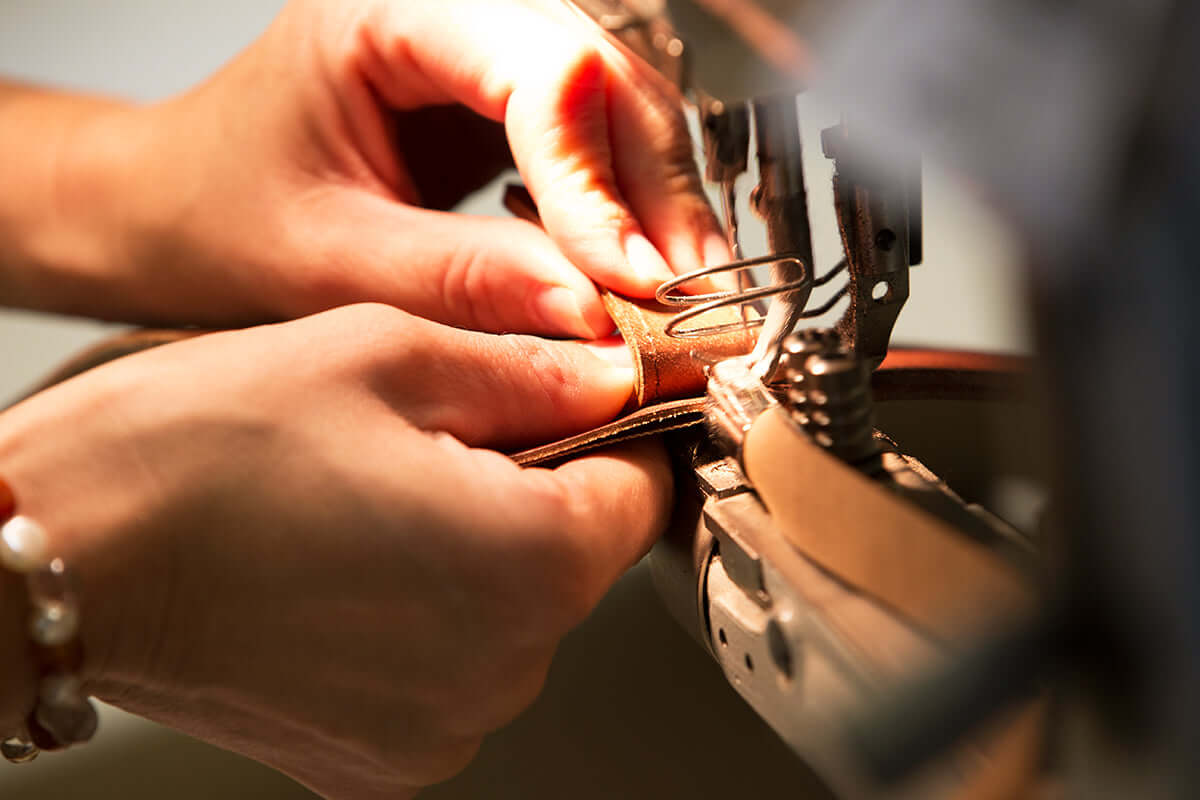
Create panoramic photos: Techniques and tips
Whether in the city, in nature or indoors - with panoramic photography, you can capture breathtaking subjects with great expanses, giving you a more comprehensive view of the scene. Find out what you need for the perfect panoramic photo and which tips and tricks will help you here.
Applications of panoramic photography
Panoramic photography continues to enjoy great popularity. It can be used for various purposes. It is particularly popular for landscape photography. The extended field of view makes it possible to create impressive images with a high degree of immersion. However, panoramic photography is also an excellent way of documenting architecture in an urban environment and capturing the atmosphere of a city in great detail, for example. In the real estate industry, panoramic photography is used to create appealing interior views to convince prospective tenants or buyers of the attractiveness of a property. Of course, there are also purely creative or experimental uses of panoramic photography, as this technique offers an unusual perspective. Furthermore, panoramic shots often form the basis for virtual reality experiences.
Depending on the type of panoramic photo you want to create, there are various options. Among other things, a distinction is made between
- Cylindrical panorama: You get a 360-degree view in a horizontal direction. Due to the bending of the horizontal lines, the viewer gets a perspective as if from the center of a cylinder.
- Flat panorama: The image angle is less than 180 degrees, simulating a "super wide-angle lens". At larger viewing angles, the edges are distorted as the image lines are not bent.
- Spherical panorama: For a complete room view (360 degrees x 180 degrees). Spherical projections are ideal for interactive use.
What equipment do I need?
You don't necessarily need expensive special equipment to create high-quality panoramic photos. However, the following purchases are important:
Tripod
A tripod provides the necessary stability for the camera. It should be as stable as possible so that it stands securely on the ground even in windy conditions. Other useful features include height adjustability, low weight for easy transportation and quick-release fasteners for uncomplicated set-up.
Panorama head
With a panoramic head as a tripod attachment, the camera can be rotated precisely around its own axis. This improves the seamless connection between the captured images and prevents a parallax effect. There are various types of panoramic heads, including expensive special solutions. All-round heads are recommended for beginners and amateurs.
Remote shutter release
A remote shutter release helps you avoid camera shake as you do not have to touch the camera. Some remote triggers also have additional functions such as interval shooting, which can be useful for time-lapse panoramas.
Software
To seamlessly merge the images in post-processing, you need a capable software program. Adobe Photoshop offers a very popular solution with its "Photomerge" function. Professionals also use PTGui, which specializes in panoramic photography. A free alternative is Hugin.
You can also find the right camera bag for your equipment and everything you need to protect your camera in our Oberwerth Shop. From classic camera bags to modern sling bags up to noble photo weekenders and backpacks. Of course you will also find hand straps and shoulder straps. Finest craftsmanship made from the best materials. Take a look around and find the bags & accessories that best suit you and your equipment!
What is photo stitching?
Photo stitching is the technique of combining several individual images to create a finished panorama. This means that individual photos are taken one after the other while the camera is gradually rotated by a certain angle. Photo stitching is then carried out in post-production using stitching software.
Many cameras have an automatic panorama function. Here, the panorama is created automatically while you simply move the camera along the scene. This is easier and saves time. However, better image quality and a higher level of detail can be achieved with photo stitching in post-production. It also gives you full control over the result, including exposure, focus and other adjustments.
Tips for creating a panorama
When it comes to taking the perfect panoramic photo, practice makes perfect. Here are some tips and hints to help you as a beginner:
How do I find the perfect subject for my panoramic shot?
Choose a location where you have a wide and unobstructed view of the scene. Avoid obstacles such as trees, buildings or other objects that could block your field of vision. A good panorama thrives on spatial depth. Therefore, look for a subject with a foreground and background.
Try to make your shot interesting. You can do this by using an unusual camera position, for example. Set it up high or particularly low. Try out different things until you get a feel for it. It is always worth taking a few test shots first to check the shooting angle, focus and exposure.
How do I set up the tripod correctly?
The tripod should always be positioned on a flat and stable surface. Use a spirit level to ensure that the camera is absolutely level. Some tripods and panorama heads have an integrated spirit level to make alignment easier.
How do I avoid parallax errors?
To minimize parallax errors, the camera should be positioned so that it rotates around the nodal point of the lens. The nodal point is the point at which the light rays pass through the lens and are projected onto the sensor without shifting. This prevents near and far objects from shifting relative to each other. If you do not have a foreground, you do not need to worry about parallax errors.
Additional tips and tricks
These tips will help you take high-quality panoramic photos:
- Take overlapping pictures: By overlapping them by 30% to 50%, the individual photos can easily be stitched together later to create an overall image.
- Use a fixed exposure: All individual images should be taken with the same exposure. To achieve this, a manual exposure setting is recommended.
- Avoid movement: When searching for a subject, make sure that there are no moving objects such as people or vehicles in the scene.
- Use a manual focus: All individual images must be in focus so that the panorama can be stitched together seamlessly. For this purpose, it is best to set the focus manually to a point in the shot and lock it.
- Be patient: The path to the perfect panoramic image may require some patience and experimentation. Try out different locations, perspectives and settings and learn from your experiences. In this way, you will continuously refine your technique and quickly become a panorama pro.

